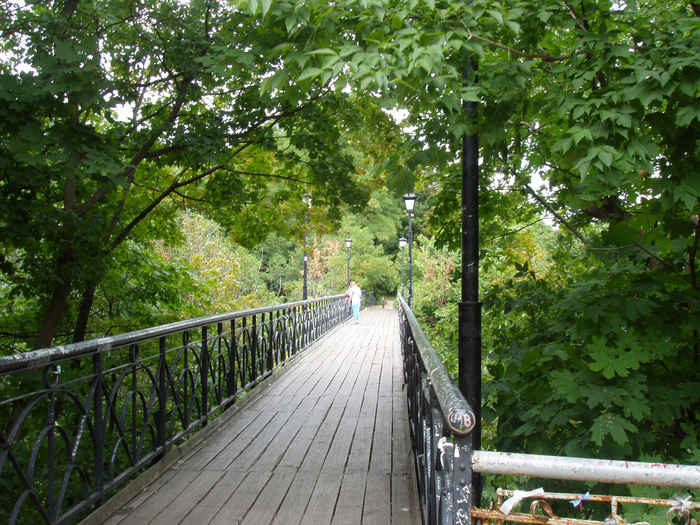Kiev once used to be one of the greenest cities of the world. If the total space of parks, gardens and boulevards divided by the amount of population of Kiev, the figure will be more than convincing – 19 square metres per each resident. Taking into the account the suburb zone, the figures are even more persuasive – 900 metres per each resident. Even the legend of the Kiev foundation contains lines where it is said about Kiev’s greenery.
In one spot on Dnipro hills, not far from contemporary Lobanovsky football stadium, there used to be a precipice – it was called simply a precipice in Tsar Garden (the garden name was Tsarsky (that, of the Tsar)).

In 1902 works on clearing a way for the future road to Dnipro began. At that time one could reach Dnipro only via Podil or Pechersk. Works continued until 1912. the road got the name of Petrivska (Peter’s) Alley due to the two-hundred-year anniversary of victory of Peter I against Swedes and Ukrainian Cossacks in Poltava battle. However, the community began to call it simply the Park Alley.
Having cut the way, one part of the park appeared separated form another. It was decided to connect the two parts with a bridge. The project was made by Eugene Paton. The bridge was built in 1904. Light, open-work metal constructions functioned for more than 75 years, and were replaced with an exact copy.
Object: bridge
Year of erection: 1910
Architectural style: modern (art-nouveau)
Location: above Parkova alley
Contemporary usage: the bridge was reconstructed in 1985
